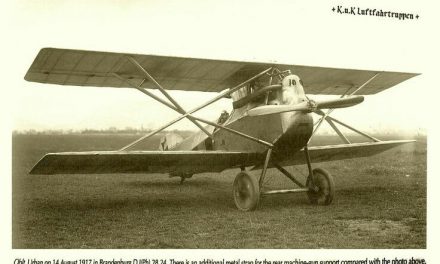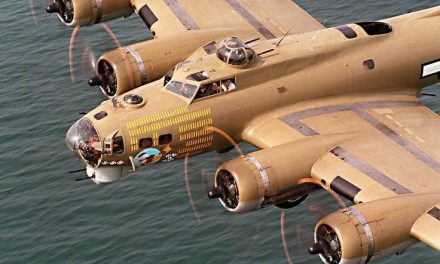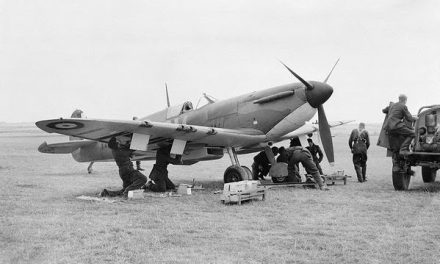EARLY SOVIET JET: Mikoyan and Gurevich MiG-9. “Fargo”
The Mikoyan-Gurevich MiG-9 (Russian: Микоян и Гуревич МиГ-9, USAF/DoD designation: Type 1, NATO reporting name: Fargo[2]) was the first turbojet fighter developed by Mikoyan-Gurevich in the years immediately after World War II. It used reverse-engineered German BMW 003 engines. Categorized as a first-generation jet fighter, it was moderately successful, but suffered from persistent problems with engine flameouts when firing its guns at high altitudes due to gun gas ingestion. A number of different armament configurations were tested, but nothing solved the problem. Several different engines were evaluated, but none were flown as the prototype of the Mikoyan-Gurevich MiG-15 promised superior performance.
A total of 610 aircraft were built, including prototypes, and they entered service in 1948 with the Soviet Air Forces. At least 372 were transferred to the People’s Liberation Army Air Force in 1950 to defend Chinese cities against air raids by the Nationalist Chinese and train the Chinese pilots in jet operations. The MiG-9 was quickly replaced by the MiG-15, and three are known to survive.
Operational history
The MiG-9 was flown in Soviet service by fighter regiments in the 1st, 7th, 14th, 15th, and 16th Air Armies. These last two were based near Kaliningrad and in East Germany respectively. In addition, the 177th Fighter Aviation Regiment of the 303rd Aviation Division near Yaroslavl flew the aircraft in 1949.[19]
Six divisions of MiG-9s, each with two regiments of 31 aircraft, were transferred to China in November–December 1950 for air defense and training duties. The 17th Guards Fighter Aviation Division (GIAD) defended Shenyang, the 20th Fighter Aviation Division (IAD) guarded Tangshan, and the 65th IAD protected Guangzhou. The 144th IAD defended Shanghai, the 309th guarded Gongzhuling and the 328th IAD protected Peking. These units later handed their aircraft over to the 6th, 7th, 12th, 14th, 16th, and 17th Fighter Divisions of the People’s Liberation Army Air Force when their training was complete.[20] The Chinese considered sending their MiG-9s to Korea in 1951 under Soviet pressure, but reconsidered when the PLAAF commanders reported that they believed that it would be better to retrain MiG-9 pilots on MiG-15s.[21]
Read more at: https://en.m.wikipedia.org/wiki/Mikoyan-Gurevich_MiG-9





Recent Comments